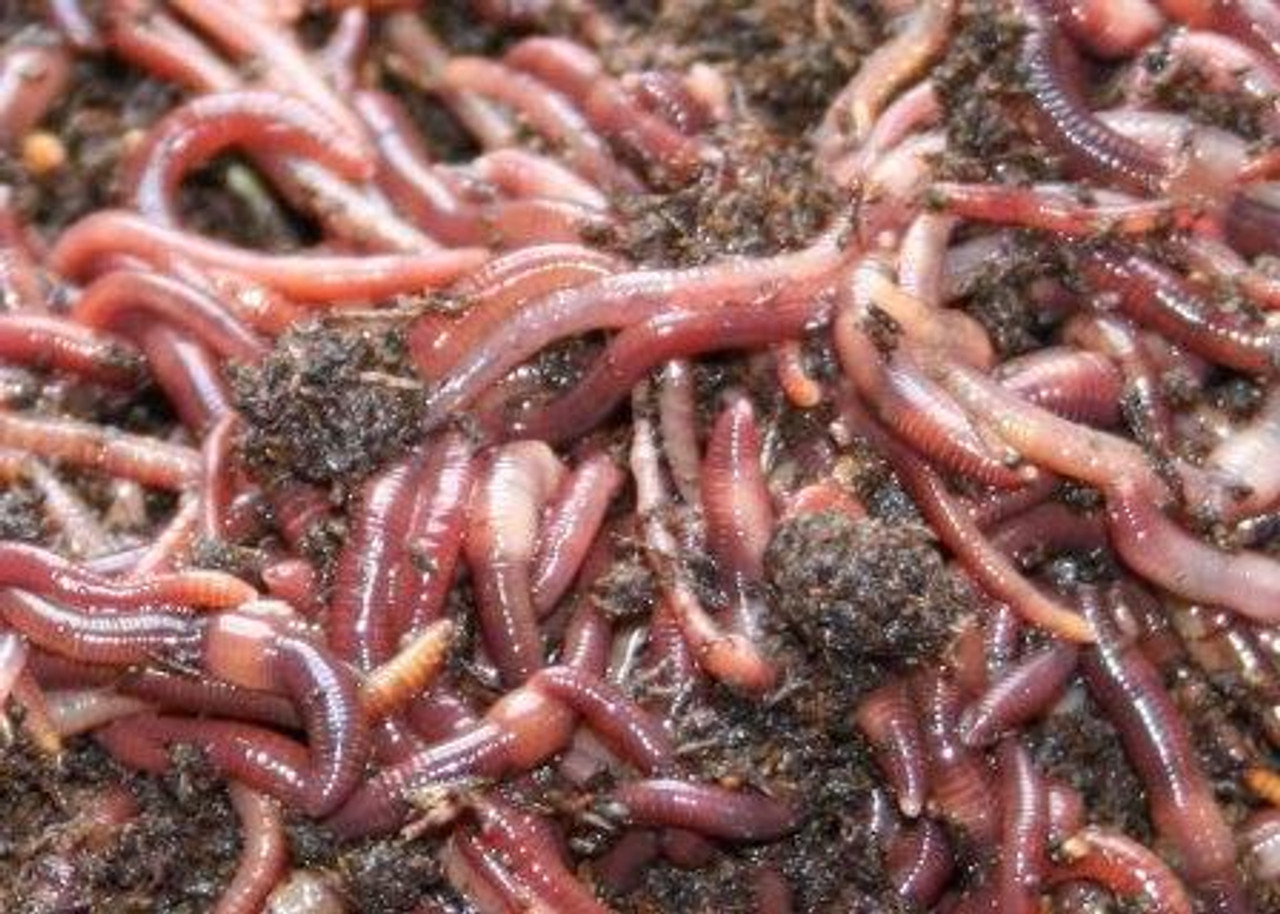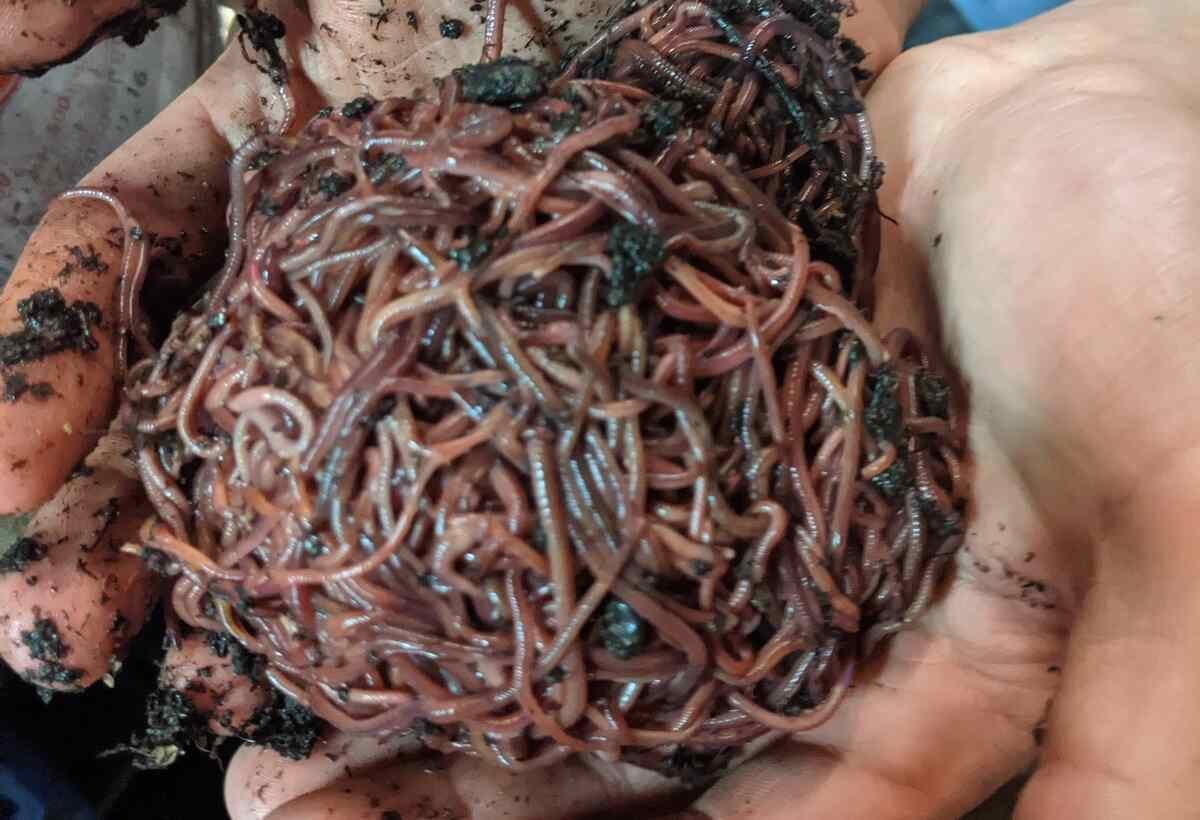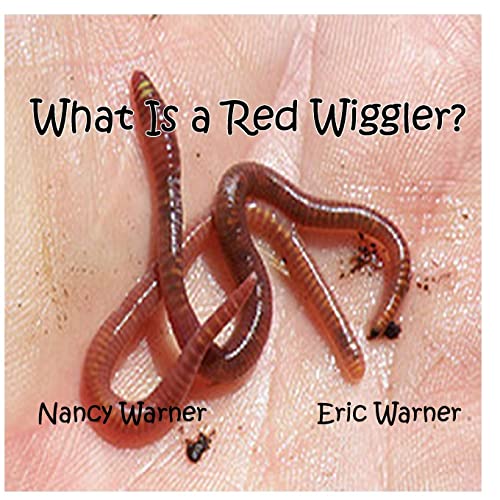Red Wigglers: The Unsung Heroes of Organic Waste Recycling
Red wigglers, or Eisenia fetida, serve as important agents in the organic waste recycling process, changing thrown out materials into important vermicompost. As the world progressively looks for remedies to combat waste buildup and boost agricultural productivity, understanding the function of these worms becomes essential.
What Are Red Wigglers?
The exceptional strength of red wigglers, medically referred to as Eisenia fetida, underscores their critical function in organic waste recycling. These little, reddish-brown earthworms are normally discovered in decomposing organic matter, such as garden compost stacks and manure heaps. Lake Hickory Bait. Unlike various other earthworm species, red wigglers thrive in nutrient-rich atmospheres and are highly reliable at breaking down organic products, making them vital for vermicomposting

(Lake Hickory Bait)In addition to their function in waste reduction, red wigglers add to soil wellness by enhancing soil framework and aeration through their tunneling activities (Lake Hickory Bait). Their visibility in composting systems not just enhances decay prices but likewise advertises a lasting strategy to lose administration, highlighting their relevance in ecological conservation efforts
Advantages of Composting With Worms
Composting with worms, particularly red wigglers, provides many benefits that improve both waste monitoring and soil health. First, these worms effectively break down natural waste, converting it into nutrient-rich vermicompost that enhances soil. This process increases disintegration, enabling a much faster recycling of cooking area scraps and other organic materials compared to traditional composting methods.
Additionally, the vermicompost created by red wigglers is including useful bacteria, which assist enhance soil structure, aeration, and dampness retention. This boosts the general wellness of plants, advertising energetic growth and increased returns in yards and farming settings. The usage of worms in composting decreases the manufacturing of greenhouse gases, such as methane, contributing to an extra sustainable waste management system.

Just How to Beginning Vermicomposting
Establishing a vermicomposting system is a simple procedure that can generate substantial benefits for both waste administration and dirt enrichment. To start, pick an appropriate container, such as a plastic container or wooden box, with sufficient ventilation holes to guarantee correct airflow. The dimensions ought to ideally be around 2 feet by 3 feet, allowing enough area for the worms to thrive.
Following, prepare bedding product, which can include shredded newspaper, cardboard, or coconut coir. This bedding ought to be dampened to produce an appropriate environment for the worms. When the bedding remains in area, introduce red wigglers (Eisenia fetida) into the bin, typically around one pound of worms for every square foot of surface.
Adhering to the placement of worms, add organic waste, such as fruit and vegetable scraps, coffee grounds, and crushed eggshells. Stay clear of adding dairy products, meat, or oils, as these can produce odors and attract pests. Ultimately, position the container in a shaded, temperature-controlled location to preserve optimal problems for worm task. With these steps, you will efficiently initiate a vermicomposting system that adds to sustainable waste monitoring and enhances your soil.
Preserving a Healthy Worm Bin
(Lake Hickory Bait)Maintaining a worm container flourishing calls for routine focus and treatment to make certain the health and wellness of the red wigglers and the efficiency of the composting procedure. Proper upkeep begins with keeping track of the dampness levels; the container should be moist however not waterlogged. A great rule of thumb is to preserve an uniformity similar to a wrung-out sponge.
Aeration is crucial also. Carefully mixing the bed linen and food scraps every few weeks prevents compaction and ensures that all worms have access to oxygen. Additionally, it is vital to feed the worms properly. A well balanced diet regimen of vegetables and fruit scraps, coffee premises, and crushed eggshells ought to be supplied in small amounts to stay clear of overfeeding, which can result in smells and parasites.
Temperature policy is an additional essential aspect. Red wigglers thrive in a series of 55 to 77 levels Fahrenheit. If the container becomes too hot or cool, the worms may end up being stressed out - Lake Hickory Bait. Regularly examine for indicators of wellness, such as worm populace development and the existence of healthy castings. By diligently managing these factors, one can maintain a durable and productive worm bin.
Effect on Sustainable Living
The successful upkeep of a worm bin not only benefits the wellness of red wigglers but additionally adds dramatically to lasting living methods. By recycling organic waste, such as kitchen scraps and backyard debris, red wigglers help draw away substantial quantities of product from garbage dumps. This decrease in waste not just lowers greenhouse gas exhausts however also minimizes the ecological concern related to waste monitoring.
Additionally, the castings generated by red wigglers act as a nutrient-rich organic fertilizer, boosting soil wellness and promoting plant development. This all-natural choice to chemical fertilizers sustains sustainable farming and gardening techniques, lowering reliance on artificial inputs that can harm ecosystems. Furthermore, worm composting cultivates understanding of waste management, motivating people and neighborhoods to take on more sustainable habits.

Verdict
In recap, red wigglers offer as essential contributors to natural waste reusing with their efficient decomposition of organic products. By incorporating vermicomposting into waste management strategies, people and areas can considerably decrease waste while promoting ecological sustainability.